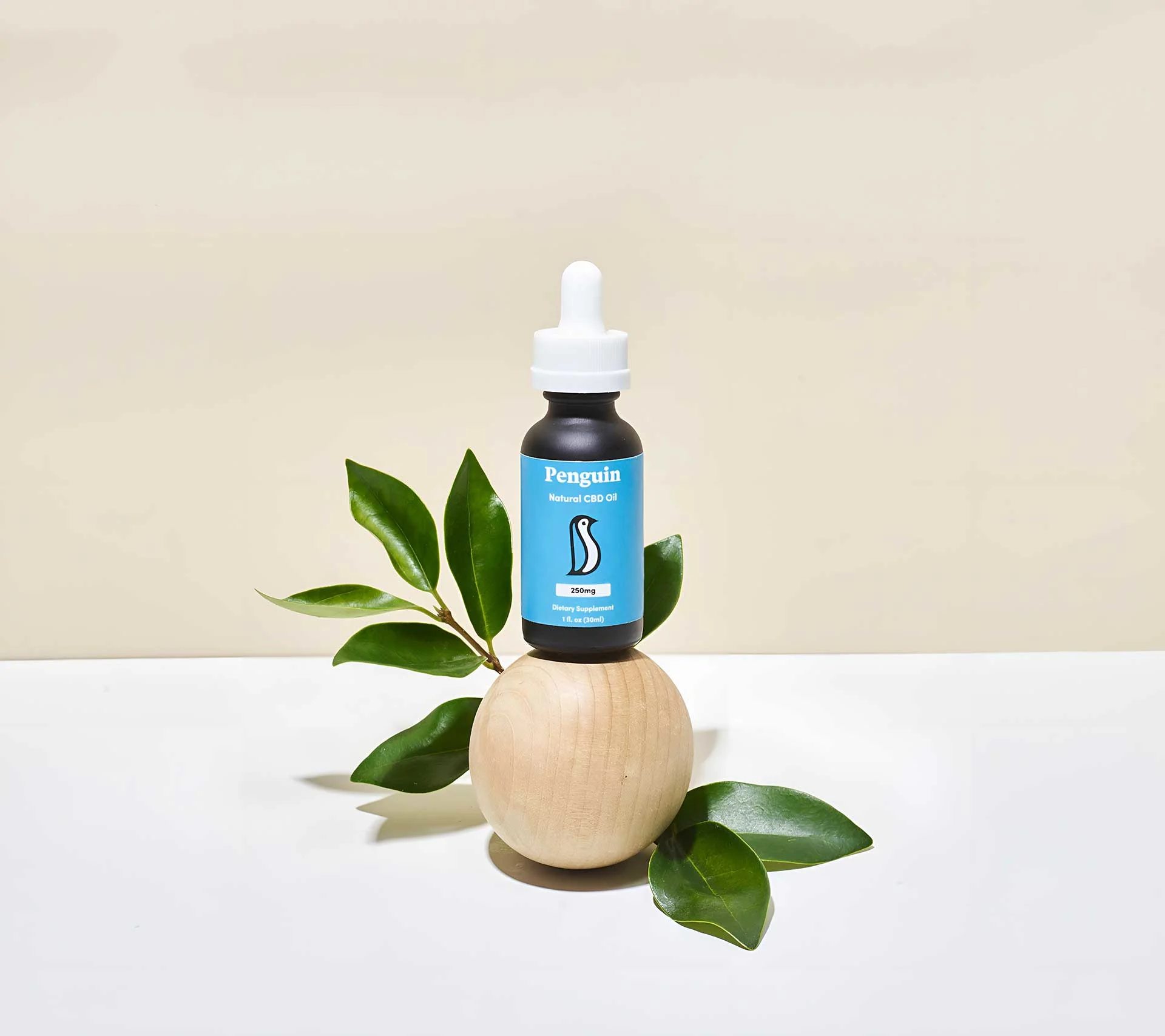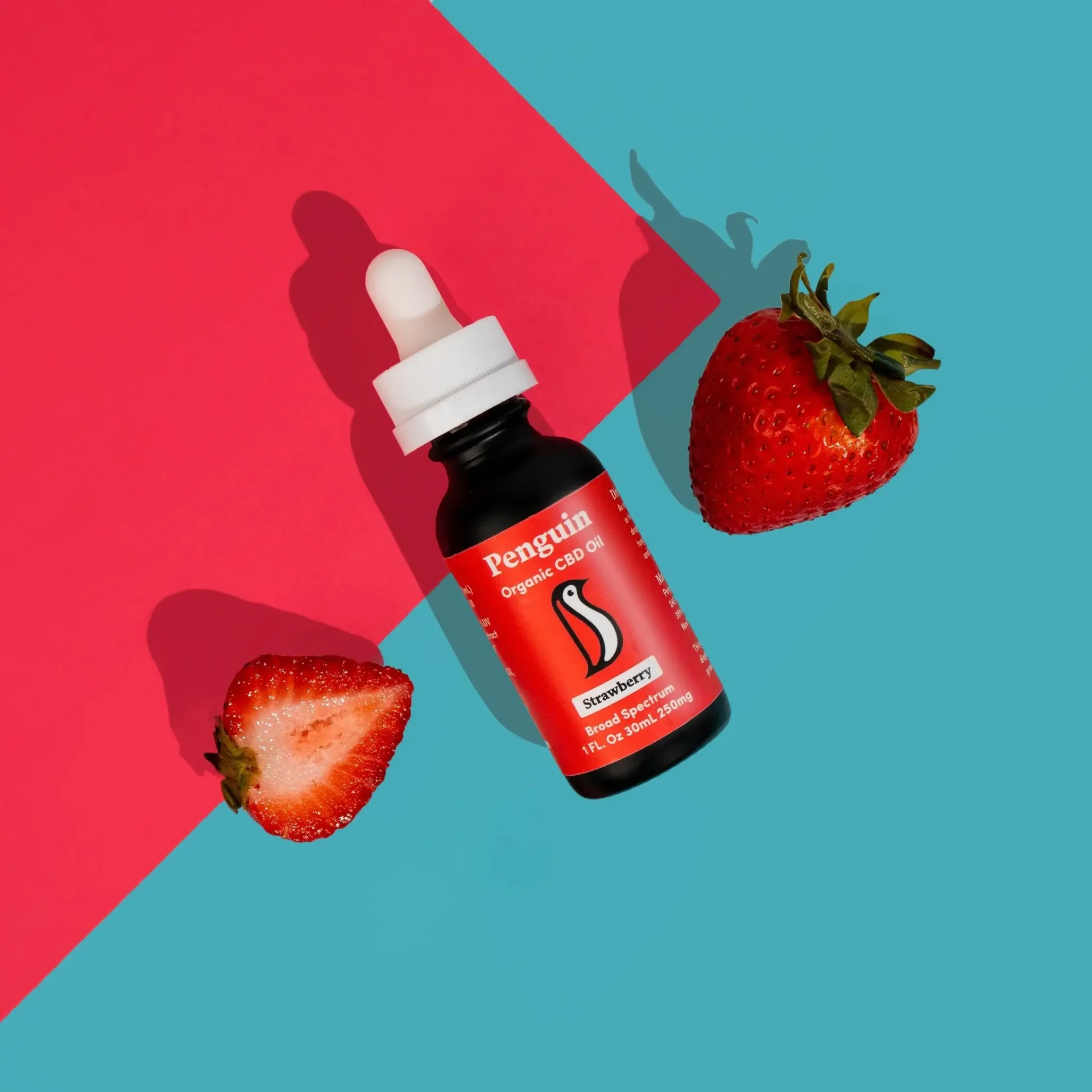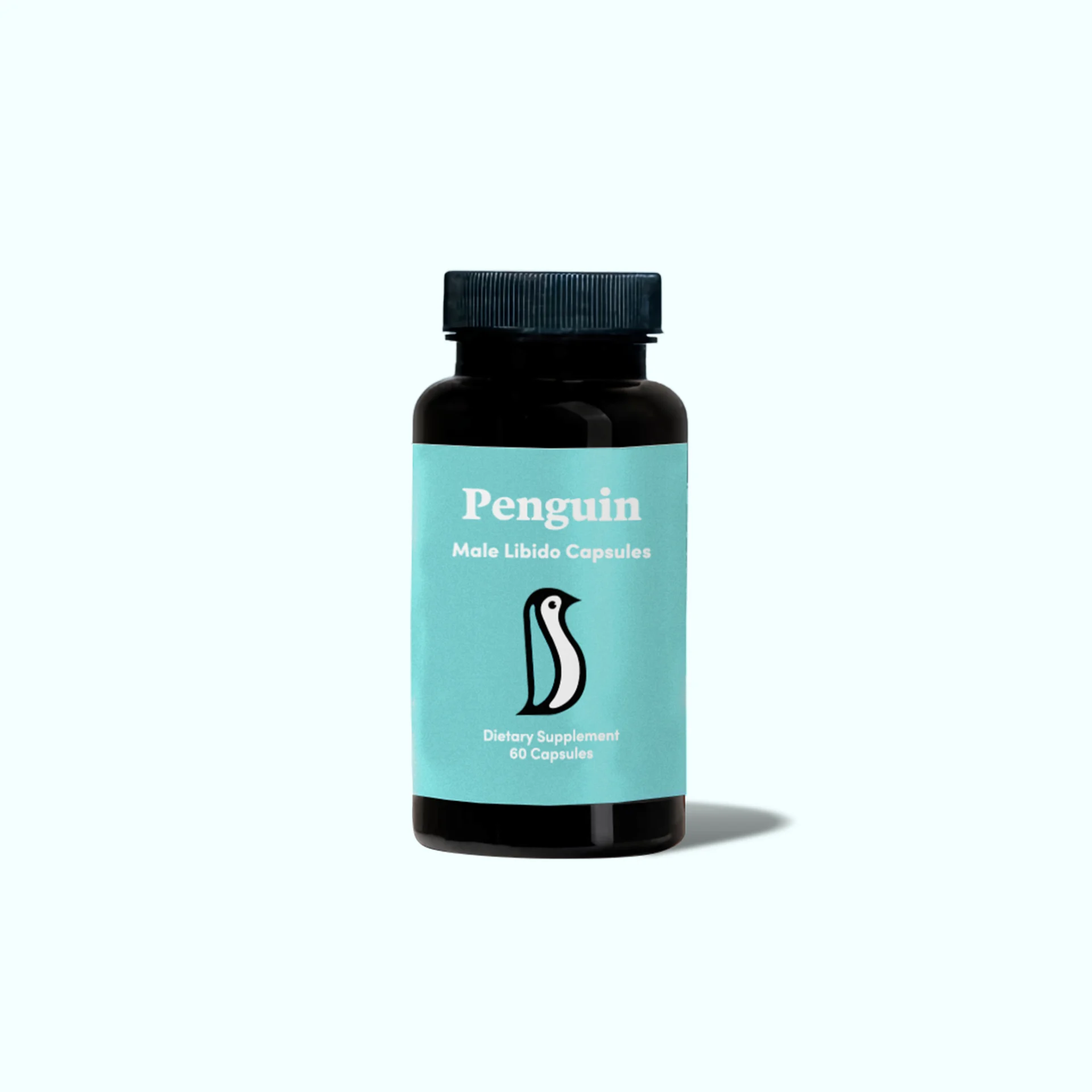What Is the Difference Between Hemp and Marijuana?
 By Penguin CBD
By Penguin CBDThere’s a lot of confusion when it comes to the distinction between hemp and marijuana. Even lawmakers sometimes get the two mixed up, which can lead to unnecessary restrictions on hemp.
If you’re thinking about trying CBD or other hemp products, it’s important that you understand how hemp differs from marijuana. Let’s take a closer look.
Cannabis and Hemp
Cannabis, hemp, marijuana, CBD -- these words are often used interchangeably. But they aren’t interchangeable. There are multiple types of cannabis plant, and each species grows in different regions and has different purposes. Hemp is its own species.
Most cannabis plants are hybrid species of the main types of cannabis. The three main original sources of cannabis are Cannabis sativa, Cannabis indica and Cannabis ruderalis.
Cannabis sativa gets most of the attention these days. It grows prolifically in tropical regions in Africa, Asia and Central America. It’s often called Cannabis sativa L, named after Karl Linnaeus, who was the original classifier of the plant.
Cannabis sativa grows up to thirteen feet high. It’s a flowering plant that has been used for centuries in medicinal and food supplemental applications. Cannabis sativa is typically high in THC, so it’s a common source of marijuana.
Cannabis ruderalis is grown in areas like China, Poland and Russia. It does well in harsh northern climates, and has been used in the past as a source of fiber and general nutrition. It’s the rarest form of cannabis, but it can often be found as a hybrid mixed with indica or sativa strains.
Cannabis indica grows very well in arid, mountainous areas. It’s a short, bushy plant that looks a bit like a deciduous version of a small fir tree. It is also high in THC and cannabinoids.
Today’s marijuana growers have been experimenting with hybrids of the three cannabis strains to find the highest potency and the most nutritional benefits. When sourcing marijuana (where legal), ask which cannabis hybrids the farmers use to supply the products.
Hemp is an entirely different breed. It’s usually called industrial hemp and is a variety of Cannabis sativa. However, this variety is very low in THC and very high in CBD. It’s typically used for making CBD.
The CBD is extracted from the hemp using CO2 extraction. In most cases, the little bit of THC that remains in the product is also removed. This is used to create THC-free extracts known as broad-spectrum or CBD isolate. At Penguin CBD, we prefer to use these types of extracts.
However, for other companies, the 0.3 percent of THC may remain for full-spectrum CBD. It’s then sold legally online throughout the United States.
Marijuana and Hemp
The differences between marijuana and hemp aren’t always easy to spot. The cannabis plants and hemp plants often look and smell the same. They’re usually associated with the same medicinal benefits. However, there are a few notable differences that you should be aware of:
- Hemp describes any form of cannabis that contains less than 0.3 percent THC. This is the legal limit in the United States, and industrial hemp farmers are held to strict standards by the USDA when growing and processing hemp for CBD.
- Hemp is often used for things beyond medicinal benefits. Hemp fibers are made into rope, clothing, paper and housing material. It’s a highly sustainable material, which makes it popular among those seeking environmentally sound methods.
- A plant can be considered a marijuana or cannabis plant if it contains more than 0.3 percent THC. Most marijuana strains have considerably more THC than that, however.
- The most important difference is in the psychoactive effects. Hemp does not have psychoactive properties; marijuana does. THC is the psychoactive ingredient in marijuana that makes the user high. The higher the THC content, the more potent the psychotropic effects.
- Marijuana is often used as a blanket term for all cannabis products, but it’s not an adequate description. There are hundreds of strains of marijuana, each with its own chemical makeup and combination of THC and cannabinoids. It’s difficult to get a full picture of what cannabis can do by simply classifying every strain as “marijuana.”
- Marijuana has significantly stricter growing and cultivating regulations than hemp because of the THC content.
- Unfortunately, hemp has gotten a bad rap over the years because it was believed to cause the same euphoric effects as marijuana. Thankfully, recent research has unveiled the stark differences between the two types of plants, and education continues to grow in this area.
- There are also significant differences in the uses of hemp and marijuana. Hemp is typically made into CBD, a substance that has no benefit for recreational use. It’s simply used to treat ailments. Marijuana also has medicinal qualities, but it’s often used recreationally as well.
- Hemp is a lot easier to grow. Although organic growing practices are required, the plant does not need the same careful monitoring of temperatures and conditions to ensure proper growth like marijuana does.
CBD from Hemp or Marijuana
It’s important to note that although CBD usually comes from hemp, certain strains are made from the marijuana plant. You’ll want to note the differences between these two products to avoid making a dangerous mistake.
CBD derived from hemp is as described above. It can contain other cannabinoids, flavonoids and nutrients found in the hemp plant, but it won’t contain more than 0.3 percent THC. Many strains of CBD, including isolate CBD and our own broad-spectrum CBD, contain no THC at all.
CBD from marijuana, however, likely contains higher quantities of THC. If you’re using proper terminology, this mixture of high CBD and THC is called cannabis oil. However, not everyone makes that distinction, creating some confusion.
Cannabis oil, or CBD taken from marijuana, is not always illegal. If you live in a state where cannabis products are legal, you can possess cannabis oil without legal retribution. However, you’ll want to be aware of specific laws surrounding cannabis oils for recreational use, as some states require a prescription for any marijuana products.
Cannabis oil and CBD oil have their own benefits, with many areas of overlap. However, they also have distinct uses, and you’ll always want to weigh the pros and cons before using any hemp- or marijuana-based products.










